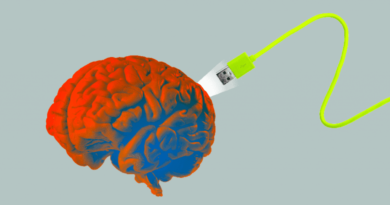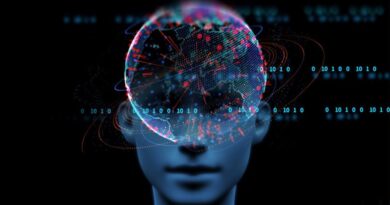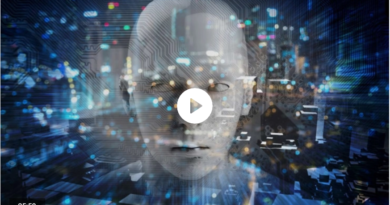In human-centered AI, UX and software roles are evolving
Less is not always more
As an example of the challenges presented by AI, facial recognition used to unlock phones. Once, the unlock interface was easy to describe. User swipes. Keypad appears. User enters the passcode. Application authenticates. User gains access to the phone. With AI-inspired facial recognition, however, UX design begins to go deeper than the interface into the AI itself. Designers must think about things they’ve never had to before, like the training data or the way the algorithm is trained. Designers are finding it hard to understand AI capabilities, to describe how things should work in an ideal world, and to build prototype interfaces. Engineers, in turn, are finding they can no longer build software to exact specifications. For instance, engineers often consider training data as a non-technical specification. That is, training data is someone else’s responsibility. “Engineers and designers have different priorities and incentives, which creates a lot of friction between the two fields, Leaky abstractions are helping to ease that friction.”Radical reinvention
In their research and colleagues interviewed 21 application design professionals UX researchers, AI engineers, data scientists, and product managers across 14 organizations to conceptualize how professional collaborations are evolving to meet the challenges of the age of artificial intelligence. The researchers lay out several leaky abstractions for UX professionals and software engineers to share information. For the UX designers, suggestions include things like the sharing of qualitative codebooks to communicating user needs in the annotation of training data. Designers can also storyboard ideal user interactions and desired AI model behavior. Alternatively, they could record user testing to provide examples of faulty AI behavior to aid iterative interface design. They also suggest that engineers be invited to participate in user testing, a practice not common in traditional software development. For engineers, the co-authors recommended leaky abstractions, including compiling of computational notebooks of data characteristics, providing visual dashboards that establish AI and end-user performance expectations, creating spreadsheets of AI outputs to aid prototyping and “exposing” the various “knobs” available to designers that they can use to fine-tune algorithm parameters, among others. The authors’ main recommendation, however, is for these collaborating parties to postpone committing to design specifications if possible. The two disciplines must fit together like pieces of a jigsaw puzzle. Fewer complexities mean an easier fit. It takes time to polish those rough edges.In software development, there is sometimes a misalignment of needs, Instead, if I, the engineer, create an initial version of my puzzle piece and you, the UX designer, create yours, we can work together to address misalignment over multiple iterations, before establishing the specifics of the design. Then, only when the pieces finally fit, do we solidify the application specifications at the last moment.”In all cases, the historic boundary between engineer and designer is the enemy of good human-centered design and leaky abstractions can penetrate that boundary without rewriting the rules altogether.
See More
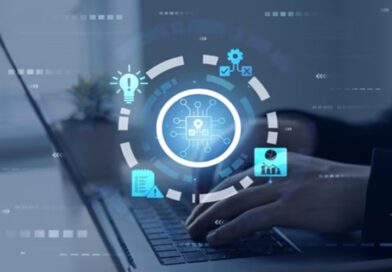
Faster Insights with Splunk AI Assistant for SPL: Now More Personal Than Ever
Splunk AI Assistant for SPL has revolutionized how users interact with Splunk’s powerful Search Processing Language (SPL), making data analysis more
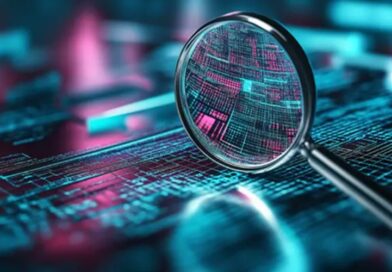
From Complexity to Clarity: Leveraging AI to Simplify Fraud, Waste, and Abuse Investigations at Every Level
Fraud, waste, and abuse pose significant challenges across all sectors, from corporate enterprises to federal institutions. With increasing scrutiny from
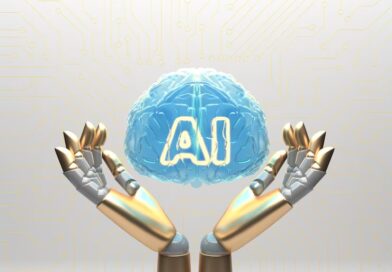
Beyond the horizon: Navigating the bridge between today’s tech and tomorrow’s AI
On the calendar, a year has 365 days. But in the world of AI, it often feels like every month

Cyber Threats 2025: Dark Web Hacks, AI Malware, and Ransomware Take Center Stage
As cyber threats continue to evolve, 2025 marks a turning point for businesses and individuals facing increasingly sophisticated attacks. Hackers
See More Blogs

Faster Insights with Splunk AI Assistant for SPL: Now More Personal Than Ever
Splunk AI Assistant for SPL has revolutionized how users interact with Splunk’s powerful Search Processing Language (SPL), making data analysis more

From Complexity to Clarity: Leveraging AI to Simplify Fraud, Waste, and Abuse Investigations at Every Level
Fraud, waste, and abuse pose significant challenges across all sectors, from corporate enterprises to federal institutions. With increasing scrutiny from

Beyond the horizon: Navigating the bridge between today’s tech and tomorrow’s AI
On the calendar, a year has 365 days. But in the world of AI, it often feels like every month

Cyber Threats 2025: Dark Web Hacks, AI Malware, and Ransomware Take Center Stage
As cyber threats continue to evolve, 2025 marks a turning point for businesses and individuals facing increasingly sophisticated attacks. Hackers
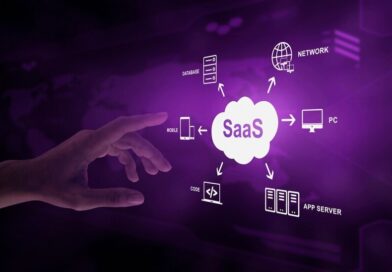
The Role of AI in Enhancing SaaS Applications
SaaS has become a core business necessity for today’s companies, which require agile, scalable, and affordable software solutions. However, with


